
Embark on a gastronomic odyssey through the vibrant tapestry of Thai cuisine, a captivating journey that unfolds the secrets of flavors, textures, and traditions unique to this culinary wonderland. Thailand's culinary landscape is a harmonious blend of sweet, sour, salty, and spicy notes that dance on the taste buds, creating a symphony of delight. From the lively street markets in bustling cities to the serene coastal villages, every corner of Thailand offers a distinct culinary experience. Spice, a fundamental element, intricately weaves its way into each dish, from the fragrant lemongrass in Tom Yum to the bold chilies in Green Curry. Street food, a cultural institution, beckons with the sizzle of woks and the aroma of grilling skewers, offering quick bites that leave a lasting impression. Concluding every meal is the enchanting world of Thai desserts, where the luscious Mango Sticky Rice and delicate Kanom Chan take center stage. Here every dish tells a story and each bite unveils the heart and soul of this extraordinary culinary realm.
Most famous Thai dishes you must try :
1. Pad Thai
A globally renowned Thai dish, Pad Thai is a flavorful stir-fried noodle dish commonly made with rice noodles, tofu or shrimp, bean sprouts, peanuts, lime, and egg. The balance of sweet, sour, and salty flavors, along with the satisfying combination of textures, has made Pad Thai a favorite both in Thailand and around the world.
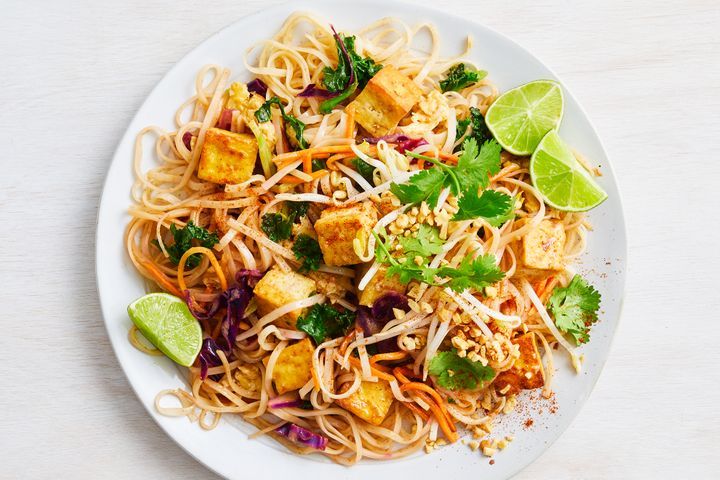
2. Tom Yum Goong
Tom Yum Goong is a quintessential Thai soup known for its bold and invigorating flavors. This hot and sour soup typically features shrimp (Goong), mushrooms, lemongrass, kaffir lime leaves, galangal, and chili. The combination of aromatic herbs and spices creates a broth that is both comforting and refreshing.
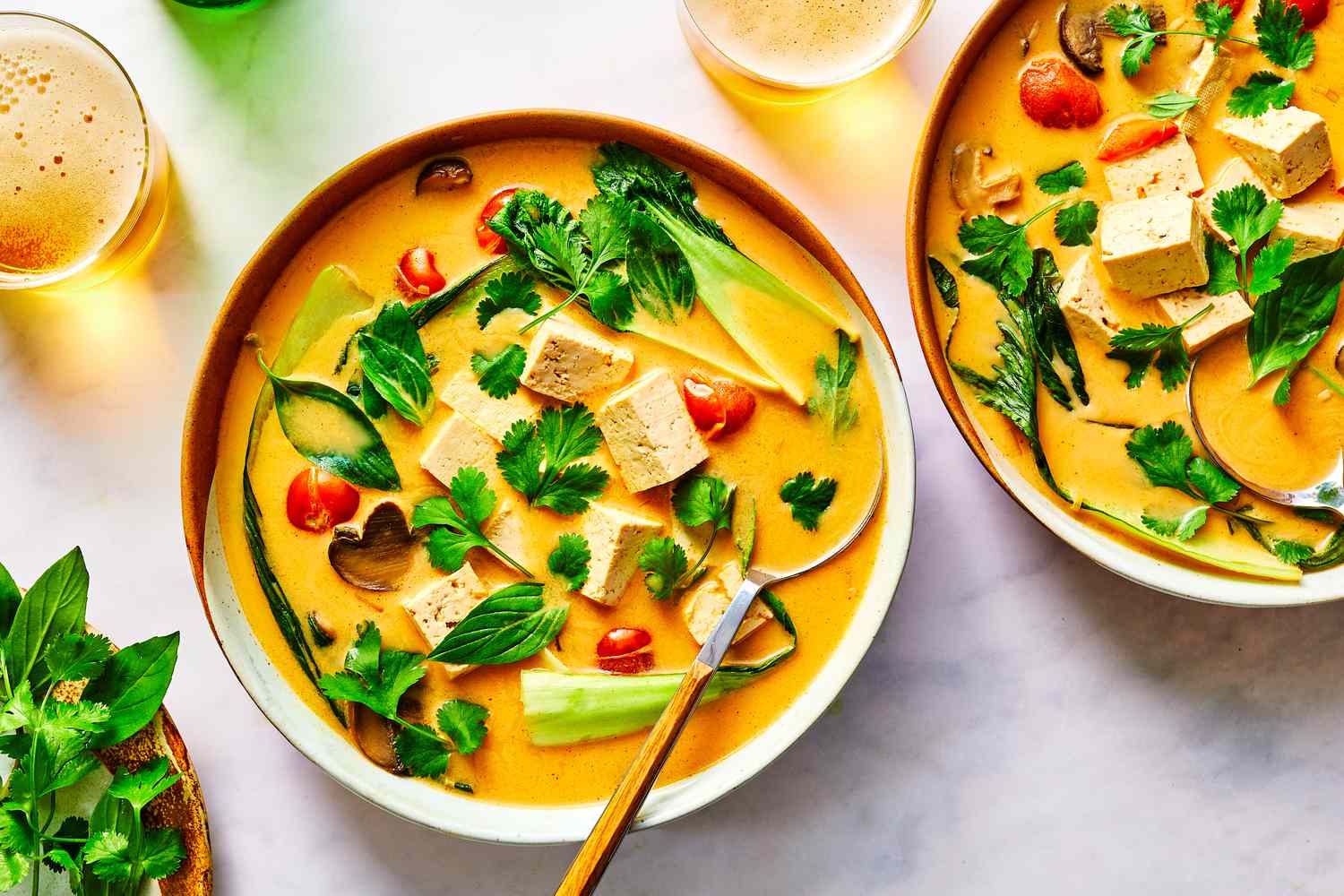
3. Green Curry (Gaeng Keow Wan)
Green Curry is a signature Thai dish known for its rich and aromatic green coconut curry sauce. It often includes chicken or beef, Thai eggplant, bamboo shoots, and basil. The curry is mildly spicy and has a delightful blend of sweet and savory flavors, making it a staple in Thai cuisine.
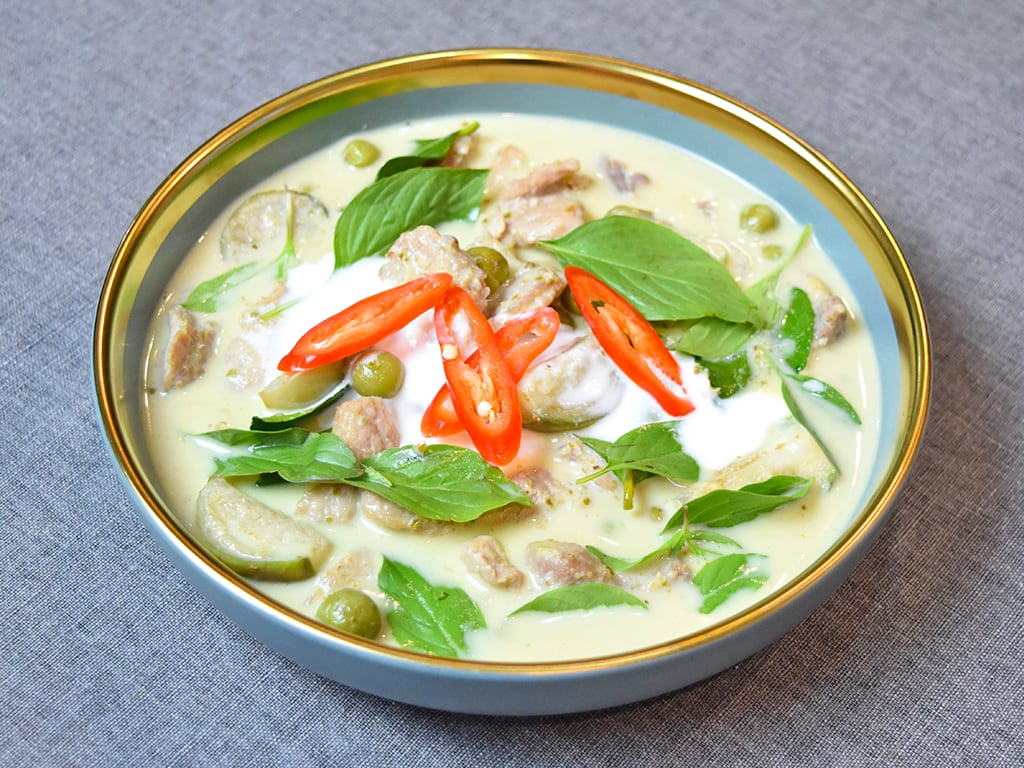
4. Som Tum (Green Papaya Salad)
Som Tum is a popular Thai salad that showcases the perfect balance of sweet, sour, salty, and spicy flavors. Made with shredded green papaya, tomatoes, chili, lime, fish sauce, and peanuts, this refreshing and vibrant salad is a favorite choice for those seeking a burst of freshness.
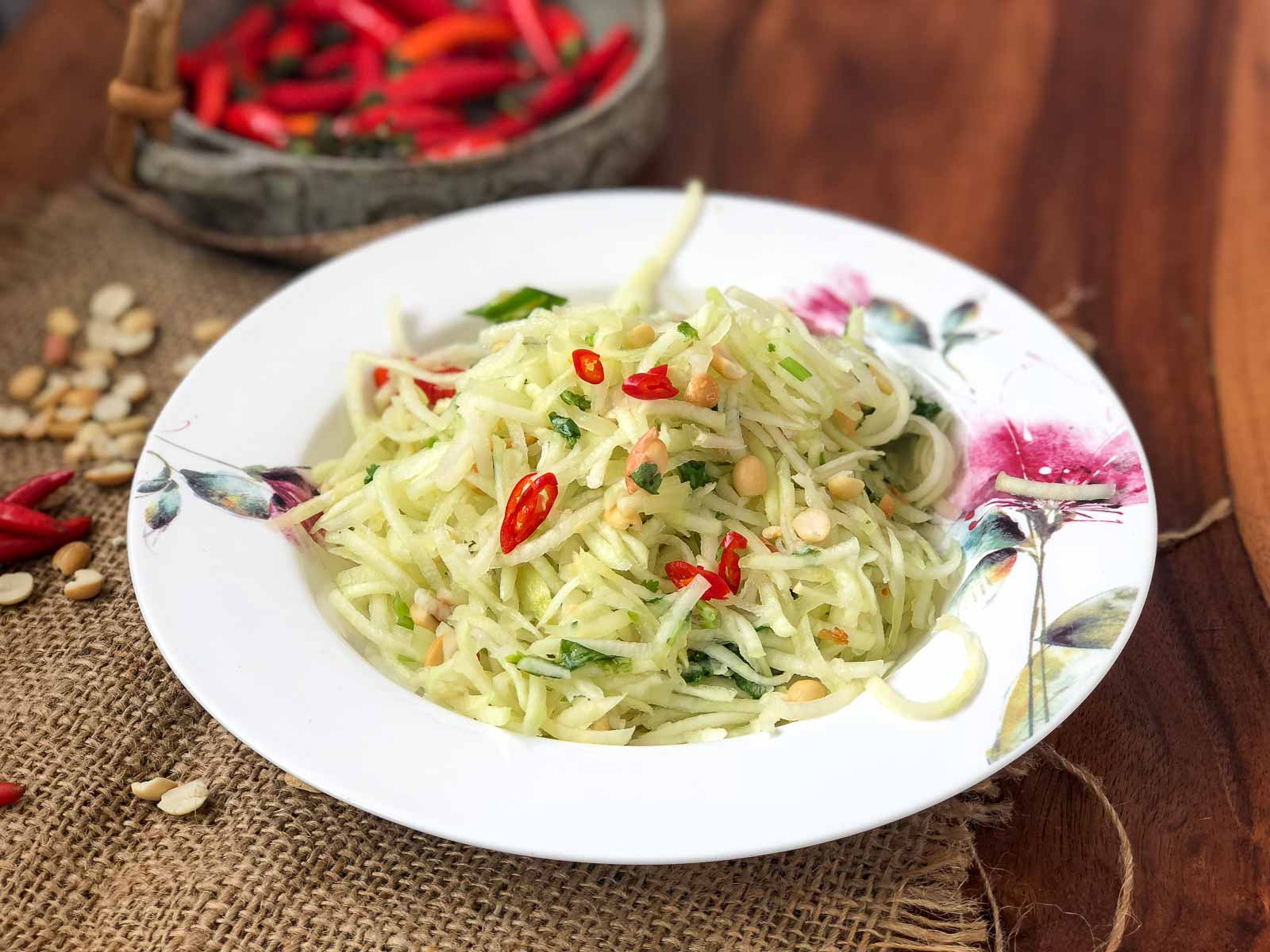
5. Massaman Curry
Massaman Curry reflects the influence of Indian and Malay cuisines on Thai cooking. This mild and slightly sweet curry is often slow-cooked with beef or chicken, potatoes, peanuts, and a fragrant blend of spices. The result is a hearty and aromatic dish that stands out for its unique flavor profile.
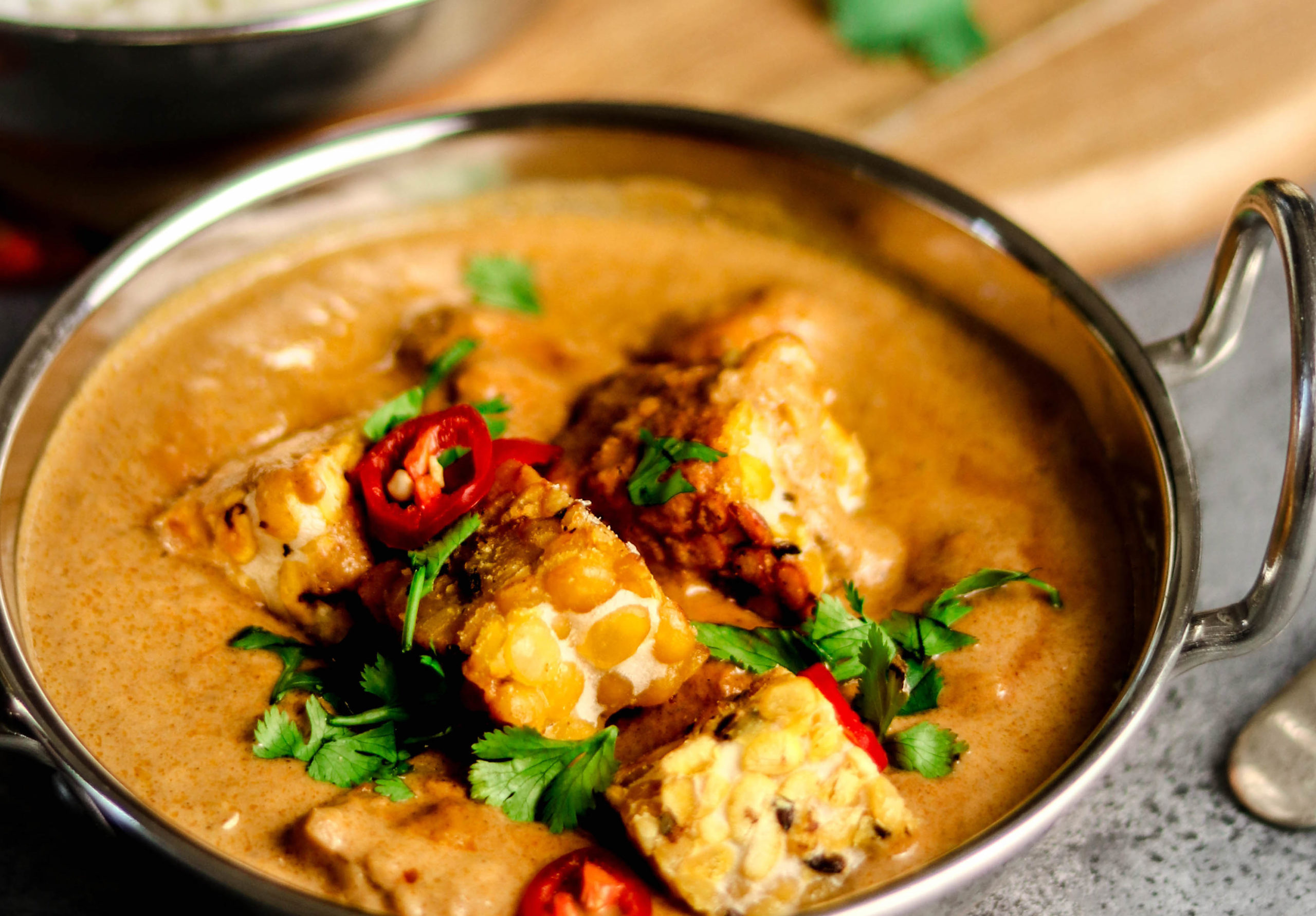
6. Khao Niew Mamuang (Sticky Mango Rice)
Khao Niew Mamuang, or Sticky Mango Rice, is a delectable Thai dessert that embodies the perfect marriage of flavors and textures. This sweet treat, often enjoyed during the mango season, seamlessly blends the creaminess of glutinous rice, the richness of coconut milk, and the sweetness of ripe mangoes. To elevate the experience, the dish is often garnished with mung beans or sesame seeds, adding a subtle crunch that contrasts with the softness of the rice and the juicy sweetness of the mango. The final touch is a drizzle of extra coconut milk, creating a silky and luxurious finish.

FAQs
1. What makes Thai cuisine unique?
A. Thai cuisine is renowned for its harmonious blend of sweet, sour, salty, and spicy flavors. The use of fresh herbs and aromatic spices, such as lemongrass, basil, and galangal, contributes to the distinctive taste of Thai dishes. Additionally, the diverse range of street food, regional variations, and the emphasis on balance make Thai cuisine unique.
2. What are the key ingredients in Thai cooking?
A. Key ingredients in Thai cooking include rice, coconut milk, fish sauce, lime, chili, garlic, and a variety of fresh herbs and spices like cilantro, basil, and lemongrass. These ingredients are essential in creating the complex and vibrant flavors characteristic of Thai dishes.
3. Is Thai cuisine predominantly spicy?
A. While spice is a common element in Thai cuisine, not all Thai dishes are extremely spicy. The level of spiciness can be adjusted to individual preferences. Thai cuisine embraces a balance of flavors, and many dishes offer a blend of sweet, sour, and savory tastes with varying degrees of heat.
4. What are some popular street food dishes in Thailand?
A. Popular Thai street food includes Pad Thai (stir-fried noodles), Som Tum (green papaya salad), Satay (grilled meat skewers), Tom Yum (hot and sour soup), and various types of noodle dishes. Street vendors play a significant role in offering diverse and flavorful food options.
5. How is rice used in Thai cuisine?
A. Rice is a staple in Thai cuisine and is commonly served with nearly every meal. Jasmine rice is the preferred variety for its fragrant aroma and slightly sticky texture. It can be served plain, as an accompaniment to curries and stir-fries, or used in dishes like Khao Pad (fried rice) and Khao Niew Mamuang (sticky mango rice dessert).
6. Are there vegetarian options in Thai cuisine?
A. Yes, Thai cuisine offers a variety of vegetarian options. Dishes like Pad Thai can be made with tofu or vegetables, and many curries and stir-fries can be adapted to be vegetarian. Additionally, there are specific Thai dishes that are traditionally vegetarian, such as Som Tum (vegetarian green papaya salad).
7. What is the significance of Thai desserts?
A. Thai desserts are often a sweet conclusion to a meal or enjoyed as snacks. They feature ingredients like coconut, sticky rice, tropical fruits, and palm sugar. Popular desserts include Mango Sticky Rice, Kanom Krok (coconut rice pancakes), and Tub Tim Grob (water chestnuts in coconut milk)









